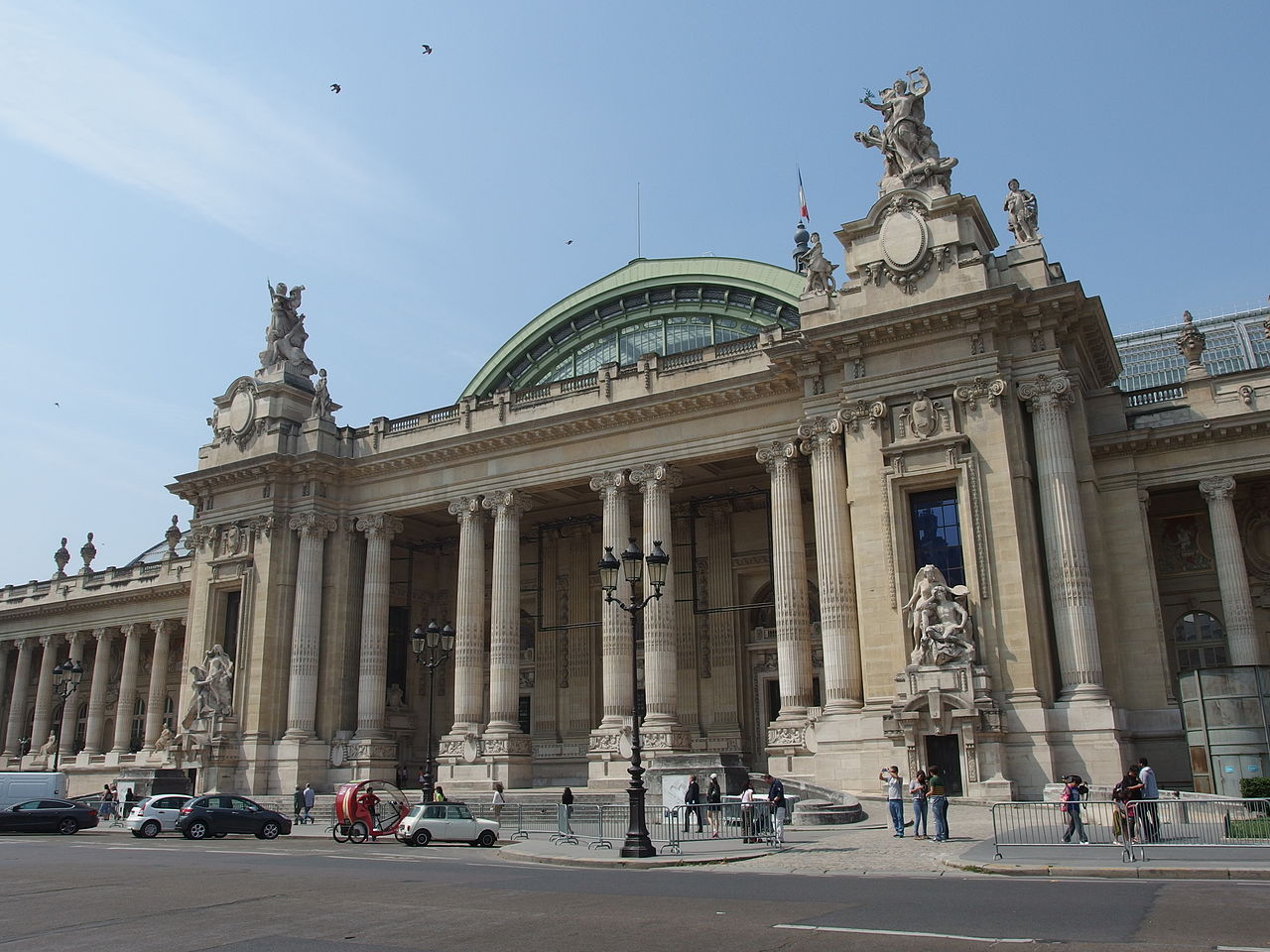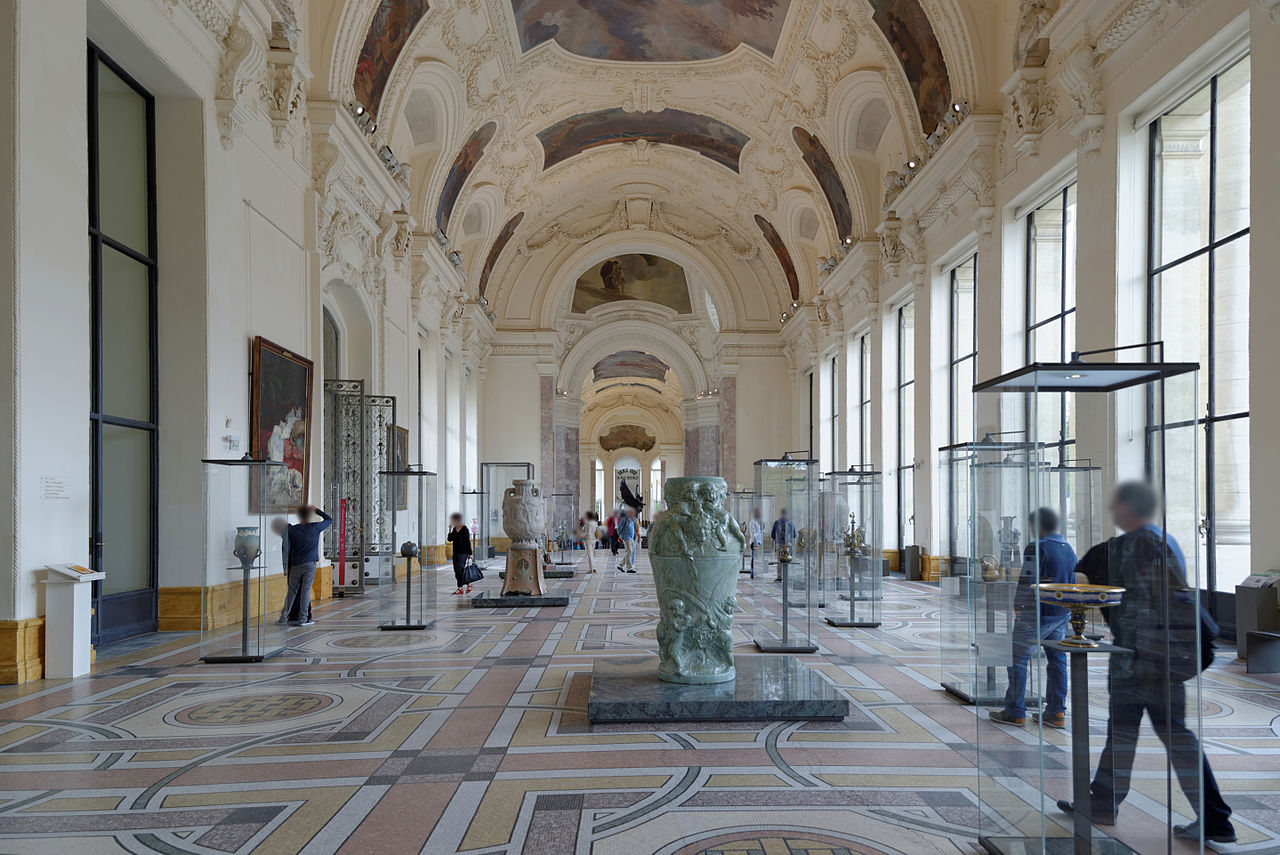Champs Elysees
The Sun King Louis XIV was the one who first established the backbone of the first avenue of Champs Elysees in 1667. In the 1700’s the avenue was extended and beautified and by the early 19th century was already an impressive boulevard with full grown trees and expensive private mansions. Repeatedly a part of military parades after the completion of the Napoleonic arc, both in victories (WWI) and defeats (WW2), of national day parades like the Bastille Day Parade which takes place every year (July 14th) and of course demonstrations with the latest being that of the yellow vests movement, the avenue started to take a more commercial and touristy role (the five star Hôtel de Crillon opened its gates in 1909) from the early 20th century.
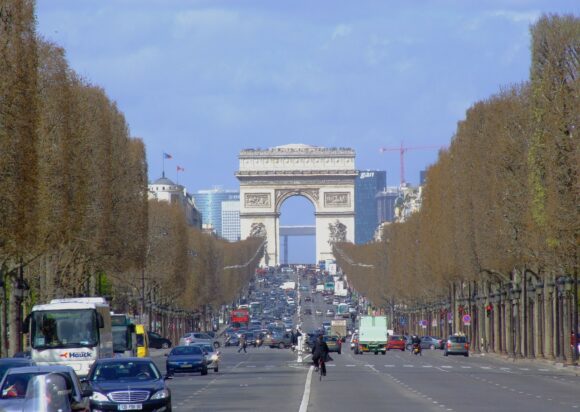
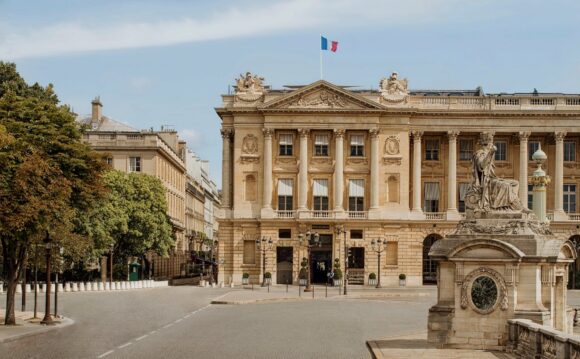
Today despite the efforts of the association for the protection of its character, one can find some of the most expensive high-end shops and boutiques like those of Ferrari, Louis Vuitton, Mont-Blanc, Cartier etc. co-existing with the popular modern temples of economic brands like Zara and H&M. Some of the most impressive buildings that line this impressive avenue today are 5-star-hotels like the Paris Marriott Hotel, headquarters of economic behemoths like the HSBC and of course imposing historic buildings like the Grand Palais, the Petit Palais that lie right before the Place de la Concorde on the eastern edge of the avenue.

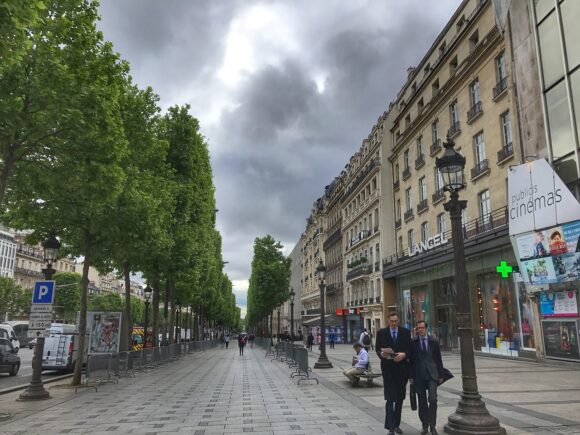
Before you reach Grand Palais, the Petit Palais and the Jardins de Champs Elysees to the east of the avenue, you will come across a number of cafes and restaurants like Le Fouquet’s (99, avenue des Champs-Elysées) or The Ladurée (75 Avenue des Champs Elysées) where you can sit and let the feeling of a French movie star take over you for a minute or two.
After the needed coffee-break you’d better get moving, you have loads and loads to see. And some of them are on the eastern edge of the Champs Elyssees. Right after the Franklin Roosevelt square are two of the most impressive buildings in the capital. The Grand Palais and the Petit Palais built for the international expo of 1900. The Grand Palais, the building with the biggest Nave of Europe is scheduled to close in December of 2020 for a big renovation but until then you have the chance to marvel its unique Beaux-Arts architecture and its unique exhibitions like the Miró (3 October 2018 to 4 February 2019) or the Michael Jackson exhibition (ends on 14 February 2019). If you’re visiting on Christmas you’ll have the chance to enjoy its transformation into a giant ice-skate.
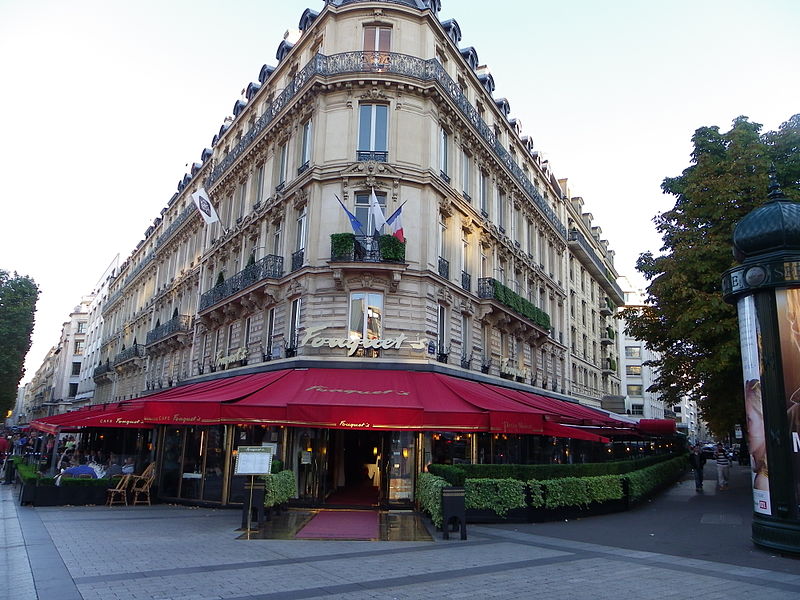

On the other hand the Petit Palais, the smaller twin counterpart of the Grand Palais holds under its roof an extensive collection of paintings, sculptures and art objects that you get to marvel in an equally impressive setting of mosaic floors and elaborate stucco ceilings. Delacroix, Monet, Rembrandt, Rubens are just some of the famous artists whose works are displayed in the permanent exhibition of the palace that everyone gets to see for free!
The finishing touch of this glorious avenue will only be in place when you stroll around the Jardin des Champs-Élysées, the park that embraces the twin palaces. A park with three beautiful fountains and a series of beautiful statues, three theaters, two restaurants and architectural jewels like the Hôtel de Charost, the official residence of the ambassador of the United Kingdom and the United States’ Embassy on the eastern edge of the park. The latter is very appropriately facing the Hotel de Crillon, the hotel where Benjamin Franklin and the French diplomats signed the French-American treaty that recognized the Declaration of Independence of the United States.
